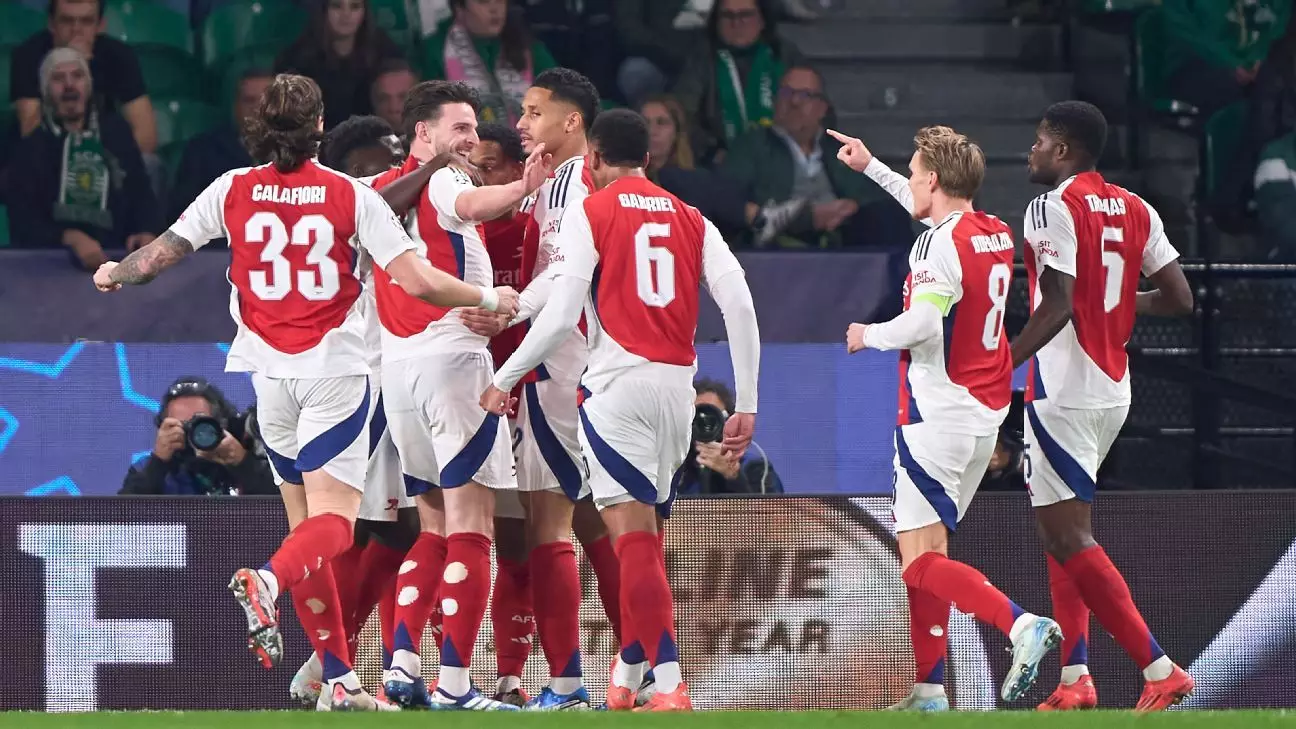The UEFA Champions League has long been a showcase of the best talent in European football, and the excitement surrounding the competition is palpable as it reaches the Round of 16. With the tournament’s new format, numerous nuances emerge in how teams advance and how they face off against each other. This article delves into what football enthusiasts can expect during this crucial stage of the competition, shining a light on the draw process, match schedule, and underlying strategies that teams must adopt.
As the Round of 16 draws near, anticipation builds around the draw itself, scheduled for February 21 at 6 a.m. ET / 11 a.m. GMT. This crucial event delineates the matchups among top-performing teams. Unlike traditional formats where teams are drawn against each other, the new system seeds the top eight from the league phase based on their final standings, assigning them to predetermined positions in a knockout bracket. This effectively eliminates the randomness of match pairings and outlines the path teams must traverse to reach the coveted final.
The teams that qualify for this round include the eight clubs that topped the group stages, along with those that secured their slots through knockout playoff ties. This year, elite clubs like Liverpool, Barcelona, and Bayern Munich are gearing up for potentially intense showdowns, facing off against less-heralded but equally determined opponents.
This year, the format adjustments bring both challenges and opportunities. The first legs of the Round of 16 are scheduled for March 4-5, followed by the return legs on March 11-12. Such scheduling allows teams to strategically plan and prepare their squads for matches, competing not just on talent but also on tactical depth.
A key takeaway from the revised format is the disadvantage faced by teams from the same league. Clubs like Paris Saint-Germain and Brest can meet as they did in the playoffs, yet must navigate these contests carefully to avoid the pitfalls that intra-league matchups tend to present. As clubs prepare for the thrill of knockout football, they must consider this added layer of complexity.
The implications of the draw extend beyond immediate matchups; the structure inherently influences the strategies employed by each club. In this new system, the top eight teams are paired strategically, meaning that matchups are not simply random pairings. For example, teams like Liverpool and Barcelona will not face each other until later stages, allowing them to potentially avoid direct clashes early on. The bracket system is designed with paths leading to the finals, emphasizing the importance of positional advantage throughout the competition.
Another critical strategic element is the home advantage awarded to higher-seeded teams in the second leg. This policy places additional pressure on the opposing teams to perform well away from home, knowing they face the possibility of playing in front of hostile fans during the decisive leg.
The complexities surrounding squad registrations add another layer to consider as clubs prepare for the knockout phase. Under UEFA regulations, clubs can make up to three changes to their registered squad during the January transfer window. However, this rule necessitates careful decisions, as clubs may need to release existing players to accommodate fresh signings. For instance, a club like Manchester City would have had to prioritize who they registered for Europe, creating a delicate balance between maintaining a competitive edge and adhering to regulations.
This strategic register-and-release cycle can influence tactics, team chemistry, and overall performance on the European stage. Clubs must navigate potential player fatigue and shifts in form with new signings in the mix, all while keeping the bigger picture of advancing through the knockout stages in mind.
As the Round of 16 in the UEFA Champions League approaches, it is essential for fans and clubs alike to grasp the mechanisms behind the draw, match schedules, and the strategic implications that accompany them. With major clubs looking to assert dominance after years of success, the journey toward the ultimate prize remains unpredictable and thrilling. The stakes are high, and as teams prepare to make their mark, each match will contribute to the rich legacy of one of football’s most prestigious tournaments. All eyes will be on the draws and subsequent matchups, eagerly anticipating the drama and excitement that will undoubtedly unfold on Europe’s grandest stage.

